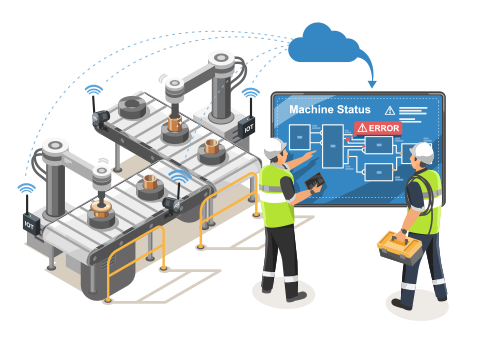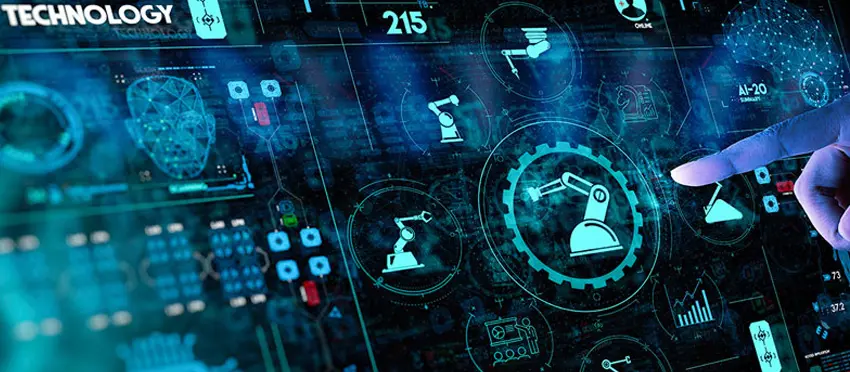GenAI vs AI – Advantages of GenAI in Manufacturing Operations
GenAI’s ability to generate insights, simulate outcomes, and adapt in real-time makes it a transformative force for factories trying to stay competitive in an increasingly complex industrial landscape.
Why It’s Important
While traditional AI continues to deliver considerable benefits to industrial operations, a new wave of innovation and optimization is being enabled by GenAI. Unlike conventional AI, which focuses on pattern recognition and decision-making based on historical data, MicroAI’s GenAI can create, simulate, and adapt—bringing a new level of intelligence to industrial ecosystems.
MicroAI’s GenAI Role in Manufacturing
When integrated and scaled across a manufacturing infrastructure, MicroAI’s agent-based GenAI creates a wealth of operational advantages and competitive flexibility that are simply not possible with traditional AI solutions. Key differences are detailed below:
You've read about it.
Now see Agentic AI in action.
Smarter Decisions. Faster Growth. Ready to take the lead?
Book a live demo
See what’s possible with Agentic AI.
Talk to AI experts
Let's collaborate on what you can build.
Explore Turnkey AI Agents



